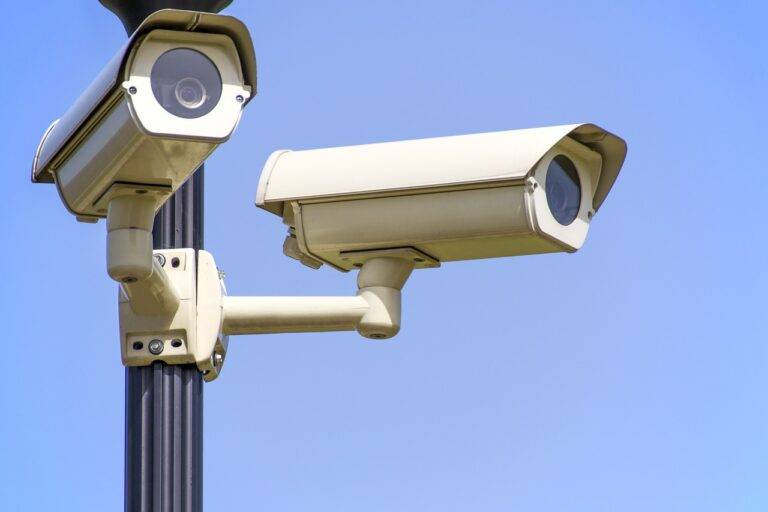The Role of Tech in Disaster Resilience and Infrastructure Development
Advancements in technology have revolutionized the way disaster response is handled in recent years. The use of drones, satellite imaging, and mapping tools allows for faster and more accurate assessment of affected areas, facilitating quick deployment of resources and aid. These technological innovations enable responders to make informed decisions in real-time, optimizing their efforts and saving lives in critical situations.
Moreover, the integration of mobile apps and social media platforms has enhanced communication between responders and affected communities during disasters. These platforms serve as vital tools for disseminating early warnings, collecting data on the ground, and coordinating rescue operations effectively. By leveraging technology, disaster response teams can streamline their efforts, improve coordination, and ultimately, increase their overall efficiency in mitigating the impact of emergencies.
• Drones, satellite imaging, and mapping tools provide faster and more accurate assessment of affected areas
• Real-time data allows for quick deployment of resources and aid
• Mobile apps and social media platforms enhance communication between responders and affected communities
• Early warnings can be disseminated quickly through technology
• Data collection on the ground can be optimized using mobile apps
The Use of Data Analytics in Predicting and Mitigating Disasters
Data analytics plays a crucial role in modern disaster management strategies. By analyzing vast amounts of data collected from various sources, such as weather patterns, geographical information, and historical disaster records, experts can predict potential disasters with greater accuracy. This proactive approach allows authorities to allocate resources effectively and implement preventive measures to mitigate the impact of natural or man-made disasters.
Moreover, data analytics enables responders to make informed decisions in real-time during a crisis. By processing incoming data from sensors, satellites, and social media platforms, emergency teams can assess the situation swiftly and deploy resources where they are most needed. This swift response not only saves lives but also minimizes the economic and social consequences of disasters, demonstrating the power of data analytics in managing and mitigating catastrophic events.
Innovations in Communication Systems for Effective Disaster Management
Communication systems play a vital role in effective disaster management. With advancements in technology, innovative communication tools and platforms have emerged to streamline coordination and response efforts during crises. These systems facilitate real-time information sharing among response teams, enabling quicker decision-making and more efficient allocation of resources to those in need.
One notable innovation in communication systems for disaster management is the development of satellite communication technology. Satellites allow for seamless communication in remote or disaster-stricken areas where traditional communication infrastructures may be compromised. This technology enables responders to maintain connectivity and coordinate rescue operations even in the most challenging circumstances, ultimately enhancing the effectiveness of disaster response efforts.
How can technology improve disaster response efforts?
Technology can improve disaster response efforts by providing real-time data, enabling communication amongst first responders, and facilitating coordination and resource allocation.
How can data analytics be used in predicting and mitigating disasters?
Data analytics can be used to analyze historical data, identify patterns, and predict potential disasters. It can also help in assessing vulnerabilities and planning for effective mitigation strategies.
What are some innovations in communication systems for effective disaster management?
Some innovations in communication systems include the use of satellite technology for remote areas, social media platforms for real-time updates, and mobile apps for crowdsourcing information and coordinating relief efforts.





